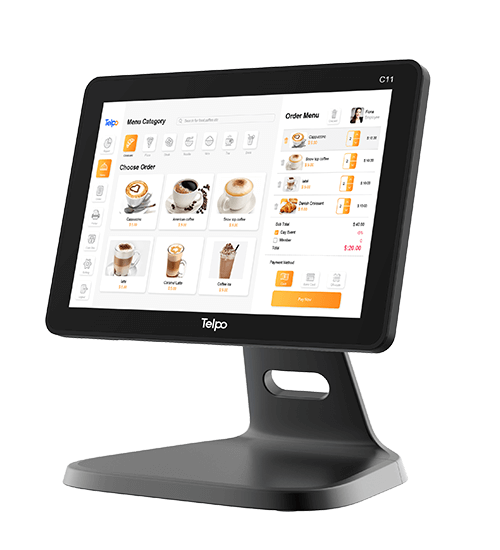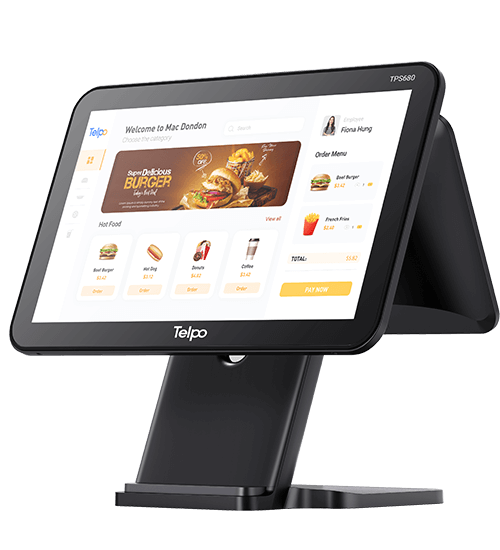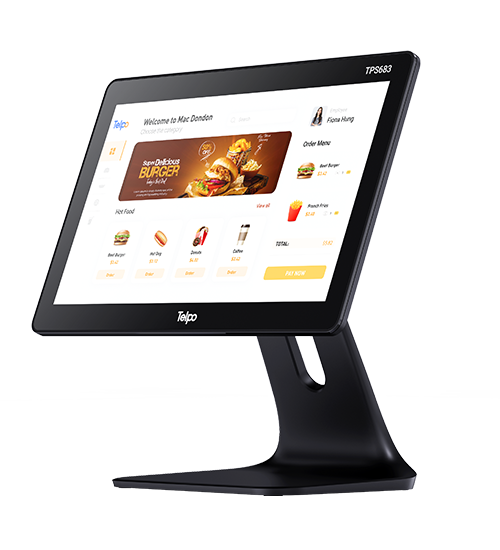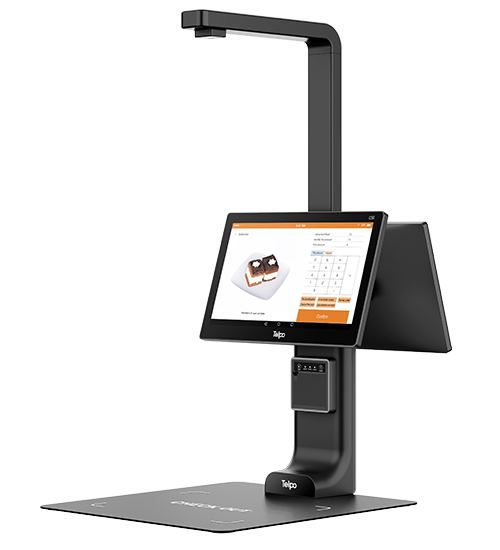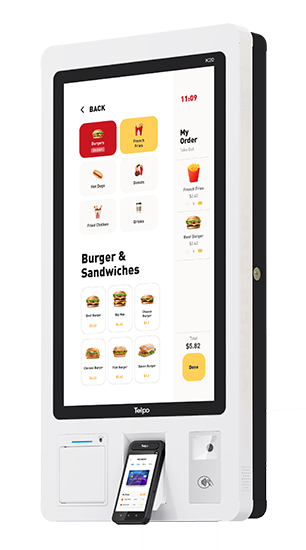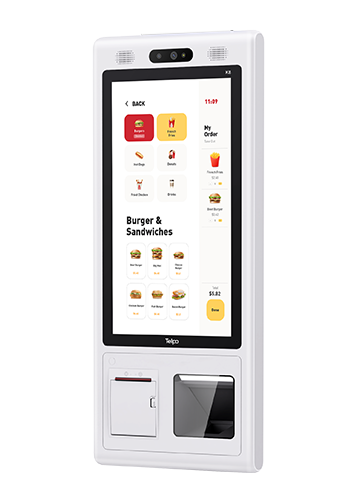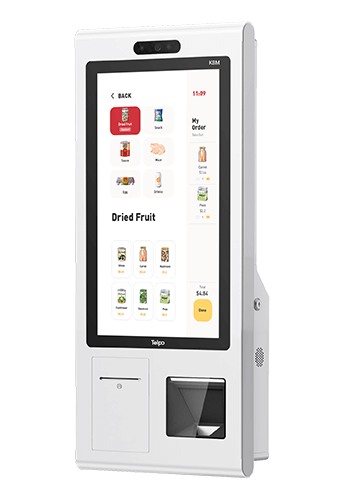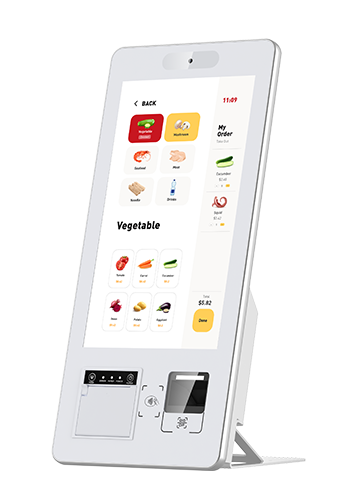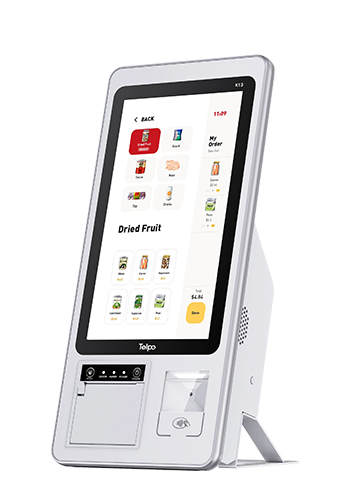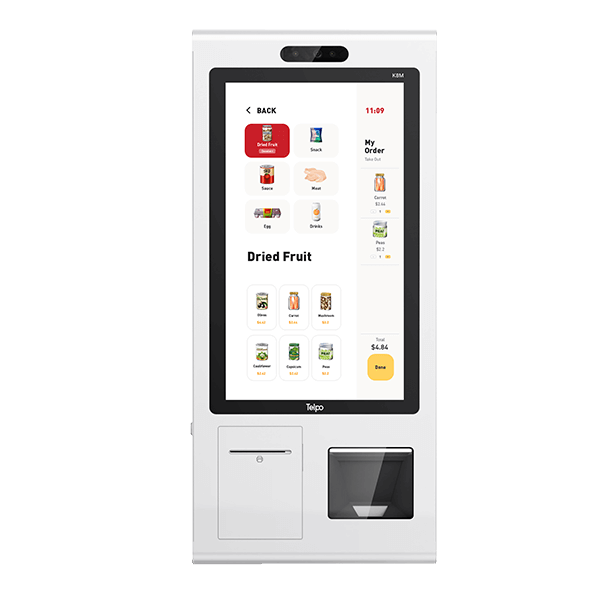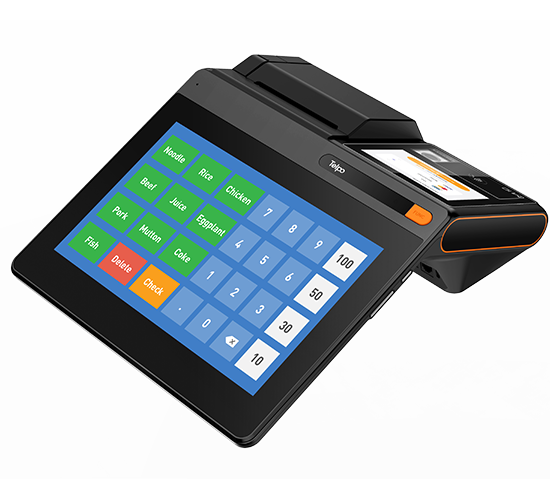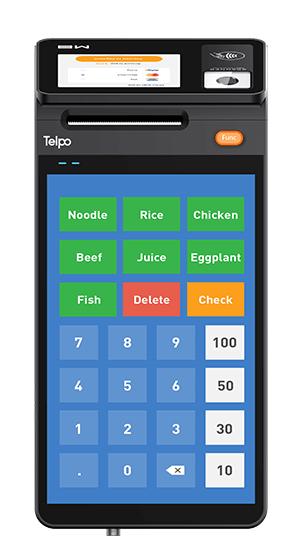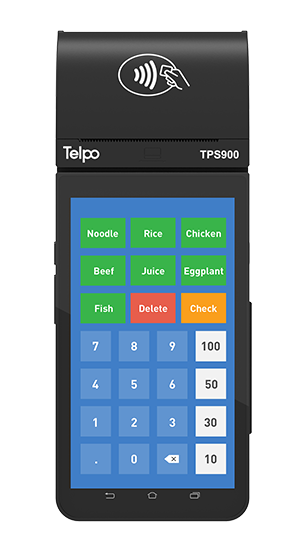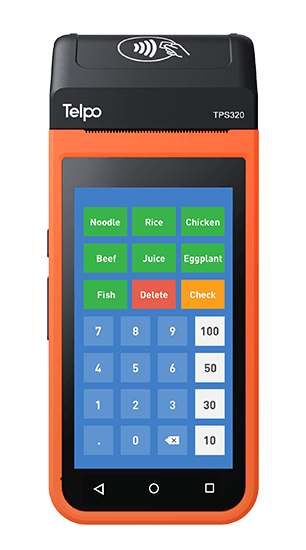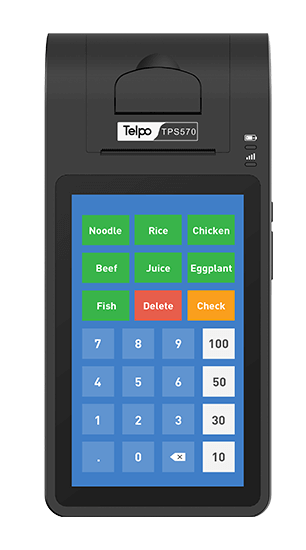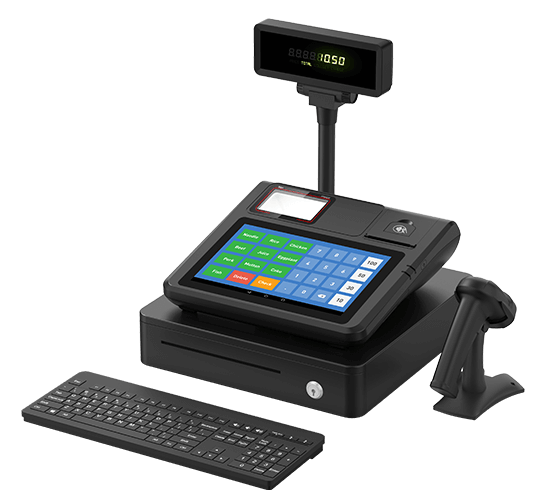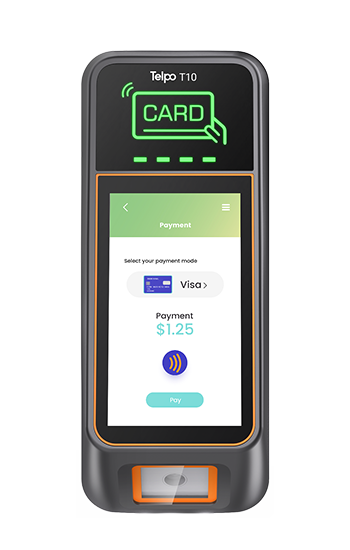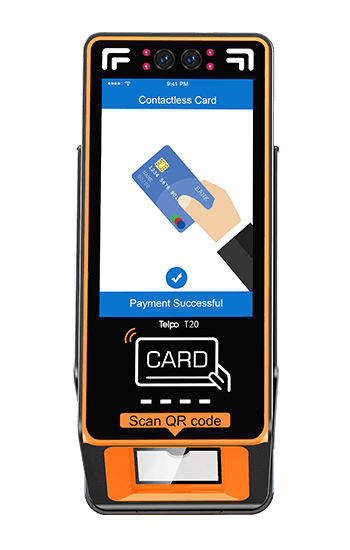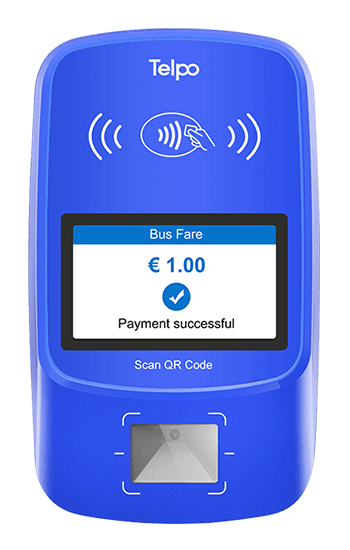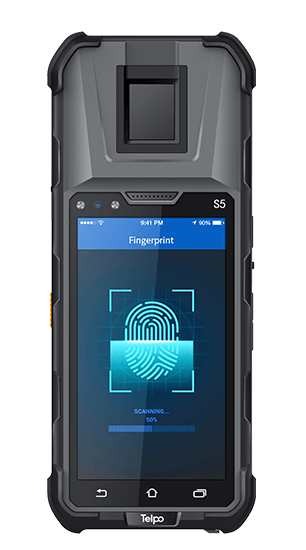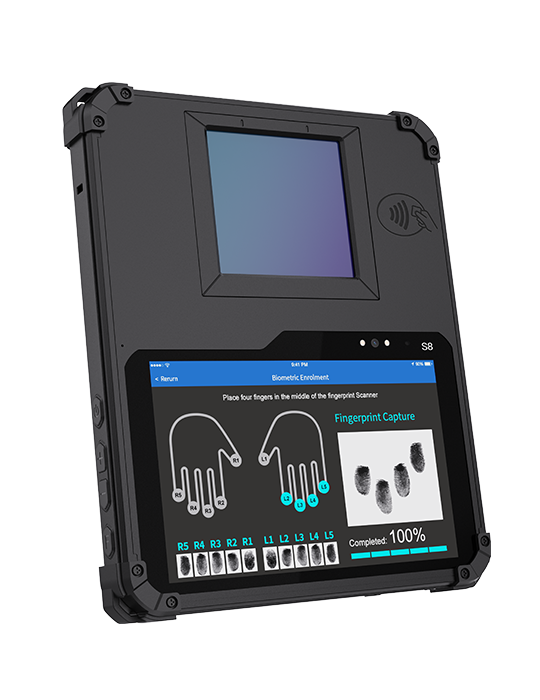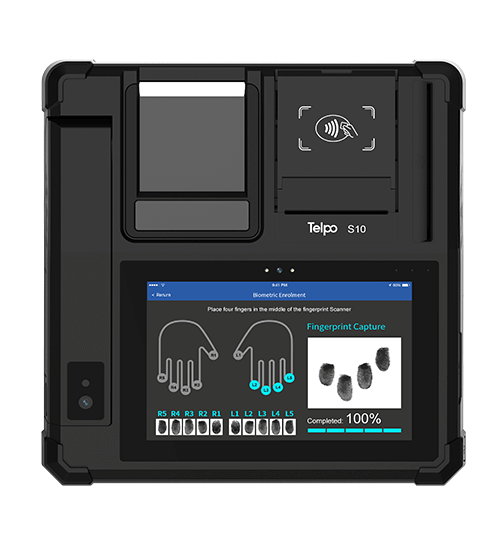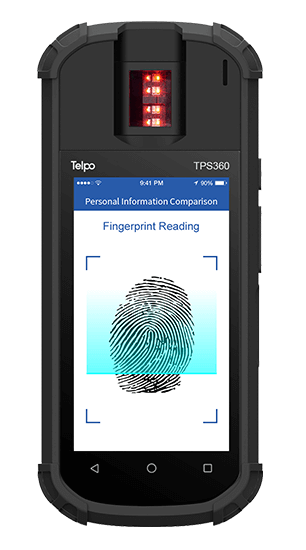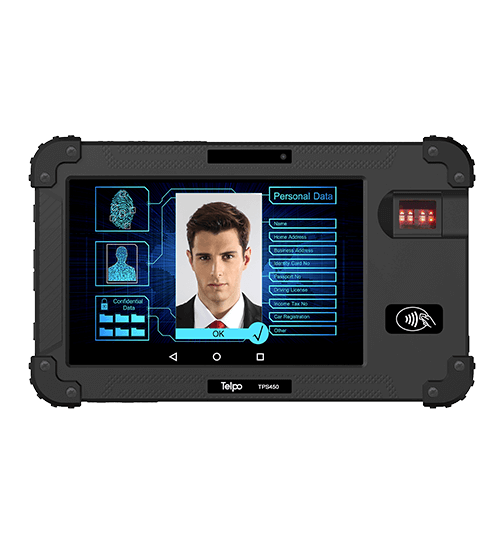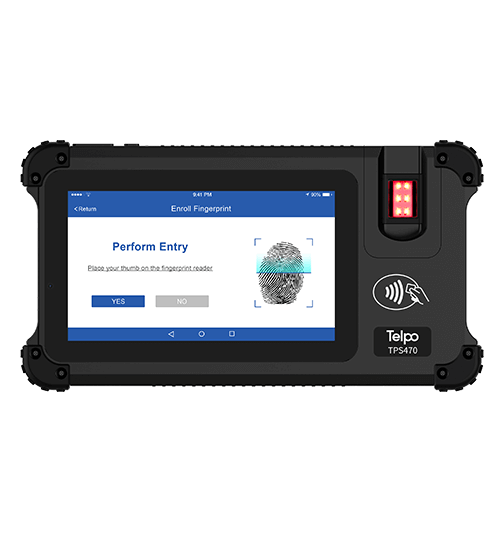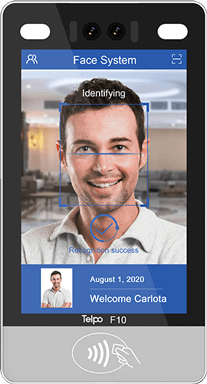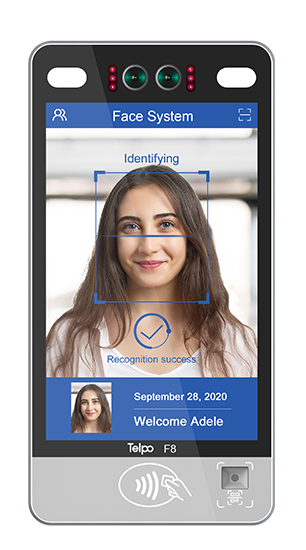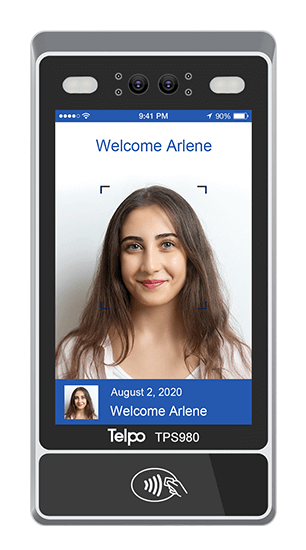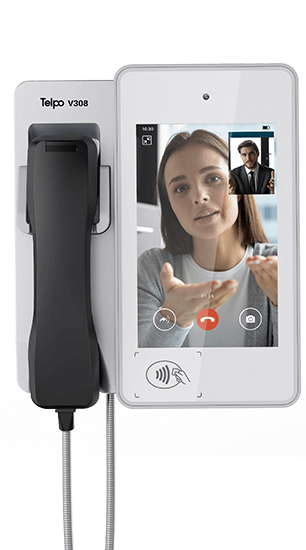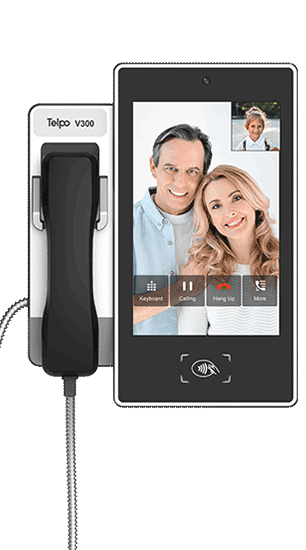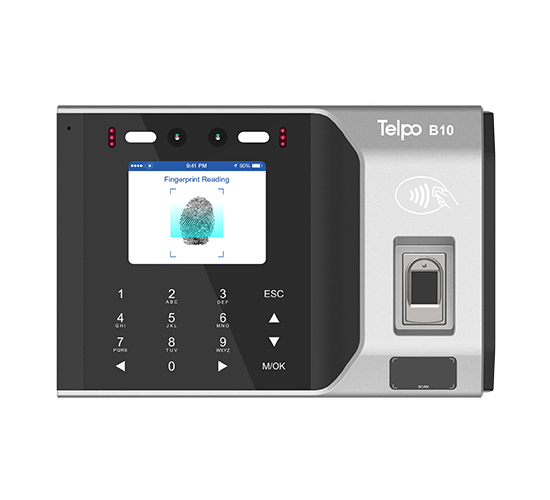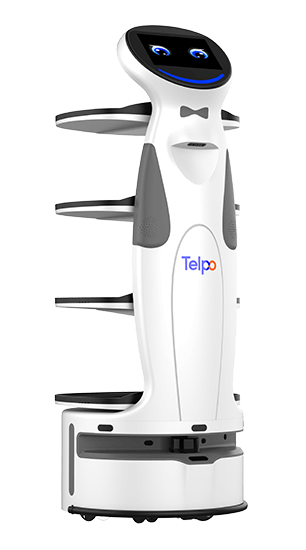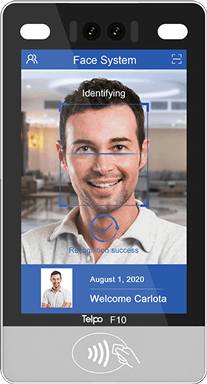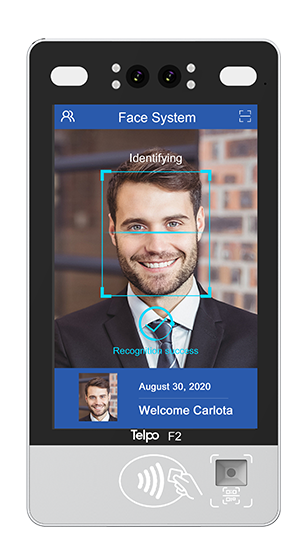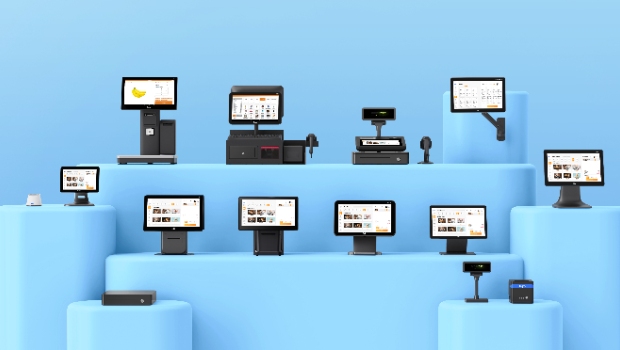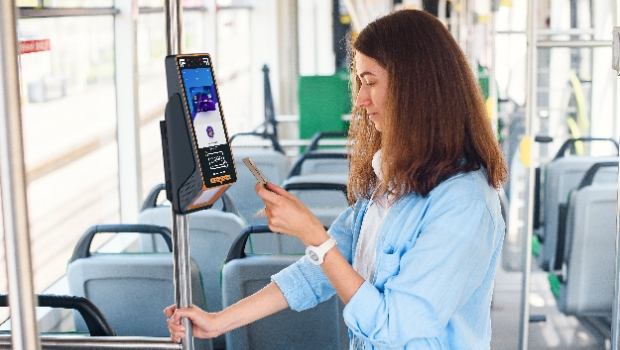Recently, the European Commission (EC) proposed a plan for the European digital identity (EDI) framework, allowing all citizens to prove their identity, share electronic documents, and access public and private services through a digital identity wallet. It is also considered as a part of a post-pandemic recovery strategy to accelerate the shift to an online world.
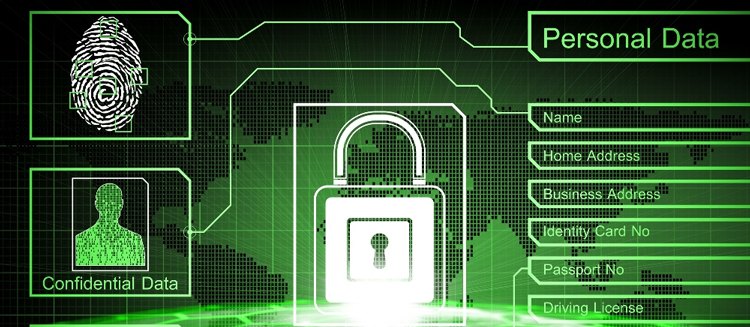
What is European Digital Identity Wallet?
Earlier in July 2020, the EC revised the electronic identification, authentication, and trust services (eIDAS) regulation, laying the foundation for the European digital identity framework and promoting European digital identity development. Under that framework, all member states will offer citizens and businesses digital identity wallets.
To be short, the European digital identity wallet is a mobile phone app to prove citizen identity. Because it can link citizens’ national digital identities, store electronic identification forms and official documents include a driver's license, a diploma, or a bank account. It will be designed with a high level of security and personal data will only be shared online if the citizens choose to share that information.
In addition, the digital identity wallet can be used to access both private and public online services such as requesting birth certificates, medical prescriptions, reporting a change of address, opening a bank account, applying for a university, checking in to a hotel, or renting a car. Large platforms (like Amazon, Google, or Facebook) will be required to accept the use of EU digital identity wallet as proof.
What are the benefits of the European digital identity?
l Validity: Everyone who is eligible for a national ID card has the right to obtain a digital identity that is equivalent and recognized anywhere in the EU.
l Security: Citizens can decide whether to share their information or not simply and safely.
l Convenience: Citizens can enjoy the following services via digital wallet include identify online and offline, store and exchange information provided by governments e.g. name, surname, date of birth, nationality, store and exchange the information provided by trusted private sources and use the information as confirmation of the right to reside, to work, or to study in a certain Member State.
Why digital identity grow so quickly and seems so important in the EU?
l Policy promoting: Earlier in June 2019, the European Cybersecurity Act came into force, which mandatory demand all EU countries to implement digital national identity cards by mid-2021. And Europe has produced guidelines for companies to ensure critical digital services have a high level of cybersecurity protection, such as GDPR.
l Government support: To promote the digital identity process, the EC is trying to create a common toolbox together with the European Digital Identity Framework by October 2022.
l Actual condition: Nowadays, merely 60% of the EU population in 14 Member States can use their national eID cross-border. Only 14% of key public service providers across all Member States allow cross-border authentication with an e-Identity system. The number of successful cross-border authentications per year is very small, though on the increase.
l Citizen demand: According to the Eurobarometer survey, 72% of users hope to know how their data is processed when they use social media accounts. 63% of EU citizens want a secure single digital ID for all online services.
How to create a safe digital identity?
Biometric authentication will play a crucial part in the digital identity wallet. Users will gain access to their mobile IDs by performing a biometric scan on their device, with the means of scanning a fingerprint, facial, or iris. EU authorities will also take measures to protect user data, PSD2 and GDPR might be among them.
Against the backdrop, accurate and safe creating of a biometric digital identity is essential. Generally speaking, it involves three steps to create a digital ID, namely, capture, verify, digitalize. The details of each step may vary according to the actual demand and the regulations they are subject to. In virtue of Telpo biometric identity device S8, we can briefly understand the basic process.
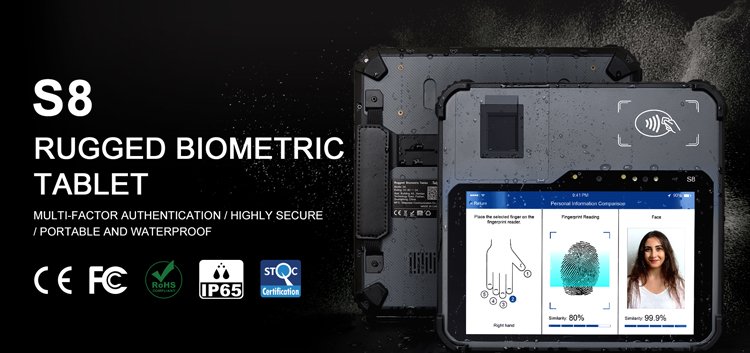
① Capture biometrics
In virtue of a face recognition camera, fingerprint scanner, an iris scanner, the biometric identity device is available to capture the user's biometric information. When people place their fingerprint on the fingerprint scanner or look directly towards the face recognition camera or iris scanner, their biometric data (face, fingerprint, iris) will be automatically captured according to the demand.
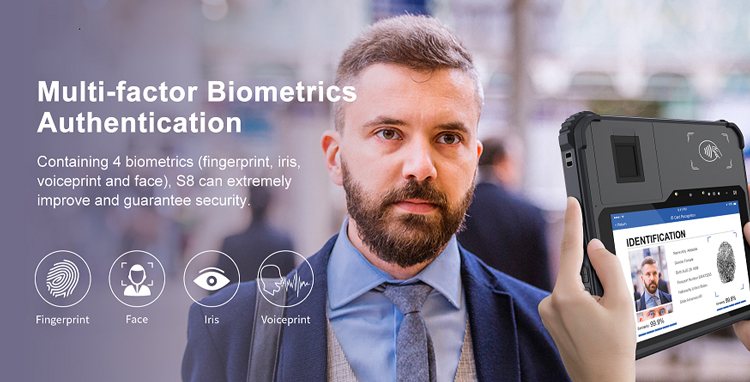
②Verify biometrics
Biometric technology is used to verify whether the citizen presenting the official document, which can also be used as an advanced digital way to remote verify someone's identification. To expand the accuracy and expandability of identity verification, the biometric identity device can also support various verification methods include 1D&2D, NFC, OCR, and passport MRZ and multi-fingerprint scanners optional (IB Columbo/ Sherlock, Suprema BM-Slim2/3).
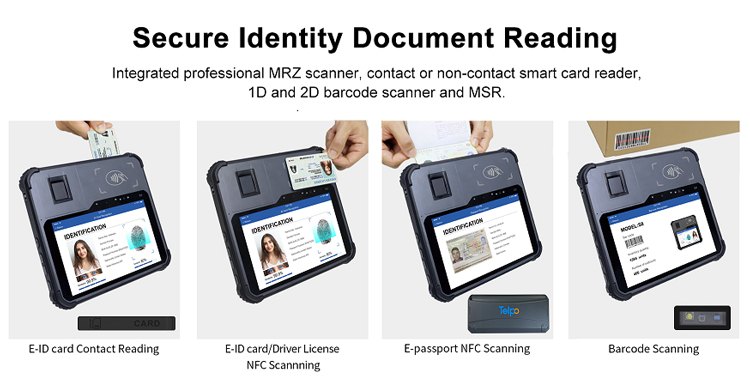
③ Digitalize
A digital ID may be created after matching the biometric data and the identity document. If require, immediately paper credential can be printed as the external Zink printer is available. As the biometric data is supported to store at the biometric identity device or upload to the national digital identity system or database with stable communication, thus users can easily access the relative server with their digital ID. They can gain access by simply presenting the requested biometric attribute, such as their fingerprint, face, or iris.
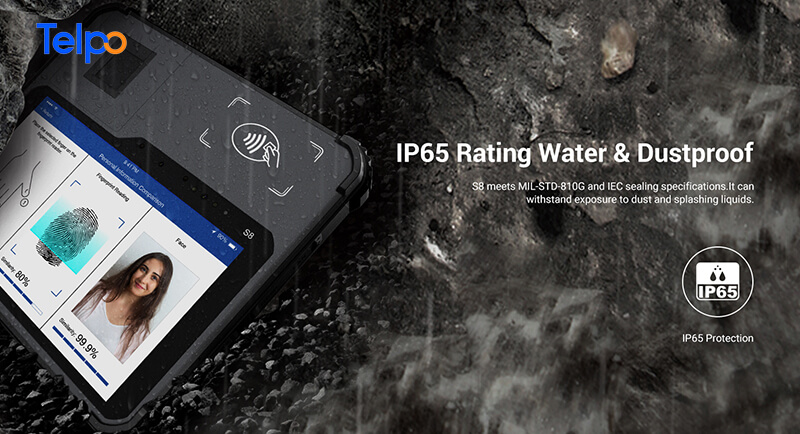
With 22-years rooted in the biometric industry, Telpo has developed a series of biometric identity devices and biometric solutions include citizen registration, voter verification, election, border control, ID document issuance, eKYC, etc. If you want to know more details, welcome to contact us.
Tag: digital identity, European digital identity wallet, EU, EC, EDI, biometric identity device, fingerprint scanner
Brief Introduction: Founded in 1999, Telpo is a worldwide first-rate smart terminal and solution provider. It mainly provides EFT-POS, cash registers, biometric devices, facial recognition machines, self-service kiosks, and bus validators. Telpo has served more than 1000 customers abroad, including government, banks, Telecom operators, police stations, Retail shops, and offices. Telpo adheres to R&D and innovation, aiming to provide more intelligent hardware for global partners.
Related Products: Biometric S8


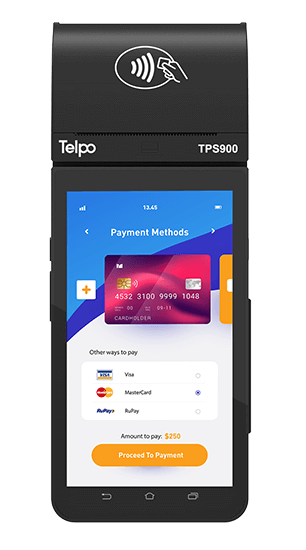
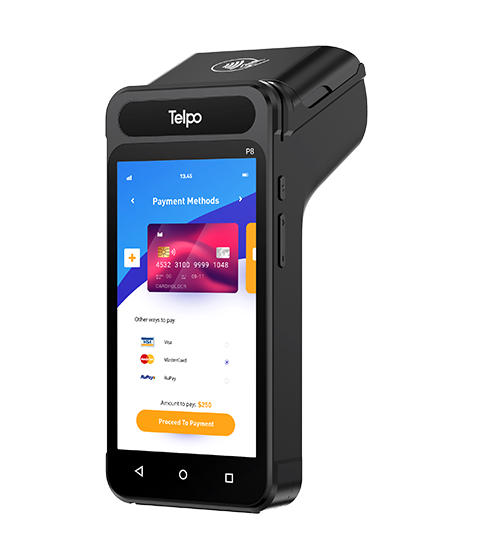
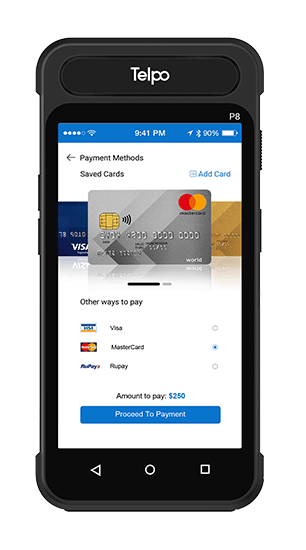

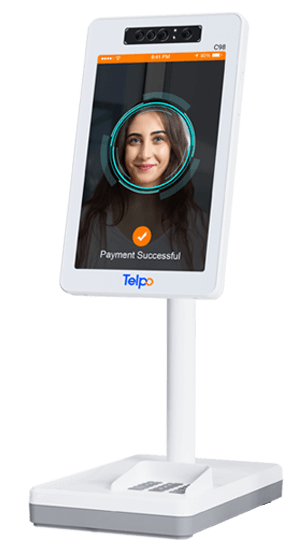
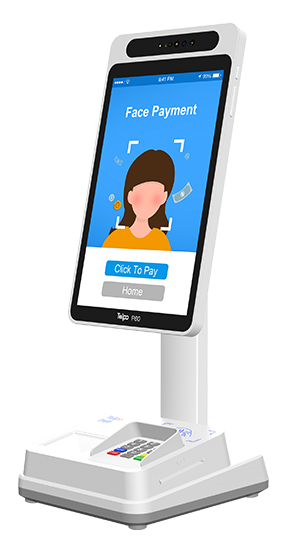
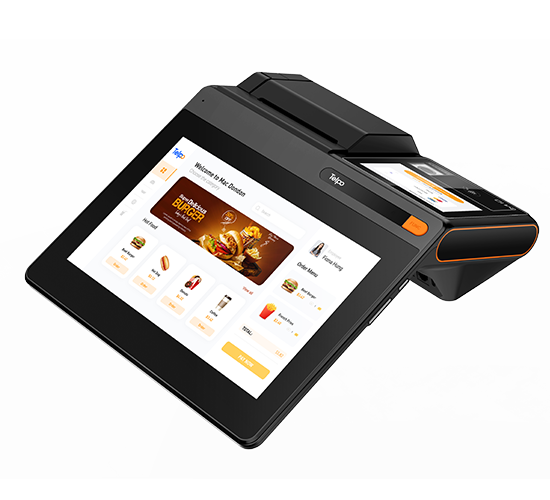
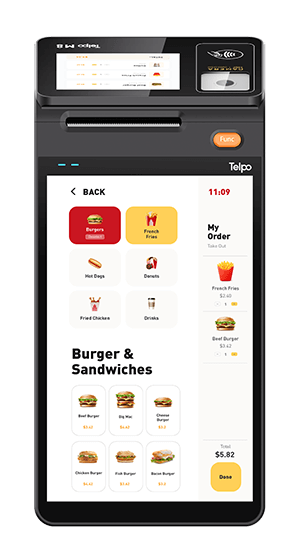
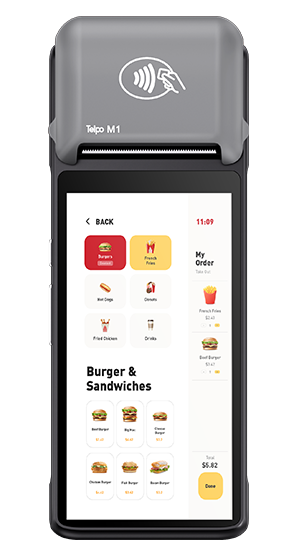
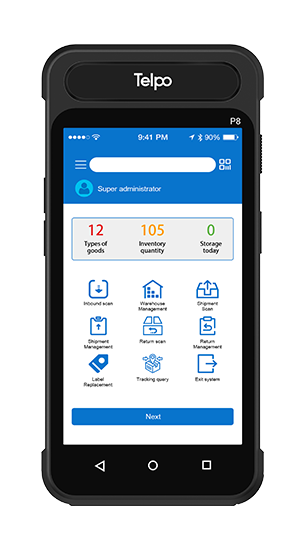
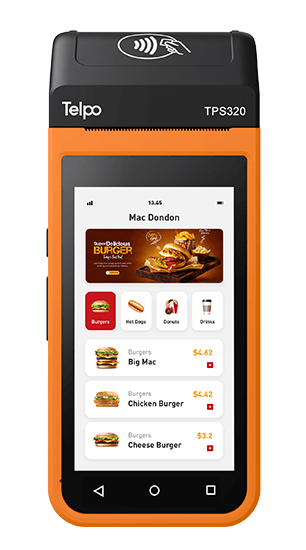
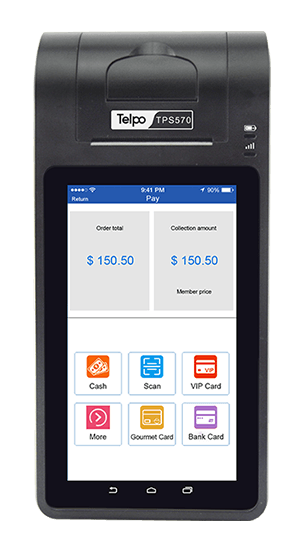
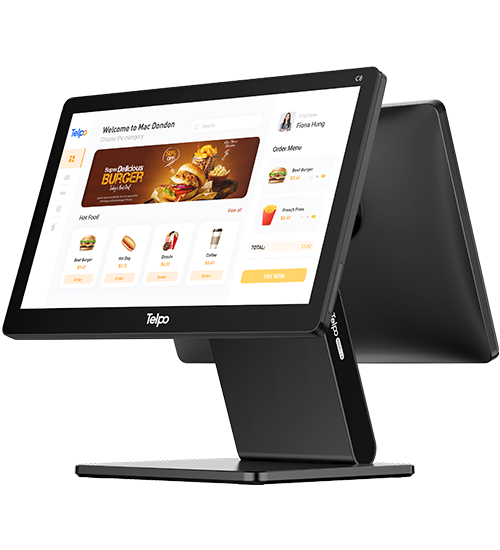
.png?VGVscG8tQzItUG9pbnQgb2YgU2FsZSBUZXJtaW5hbCA=*2023/07/Telpo-C2-80-printer-550.png?VGVscG8tQzItUG9pbnQgb2YgU2FsZSBUZXJtaW5hbCA=*2023/09/C2-printer-250.jpg?VGVscG8tQzItUG9pbnQgb2YgU2FsZSBUZXJtaW5hbCA=)
